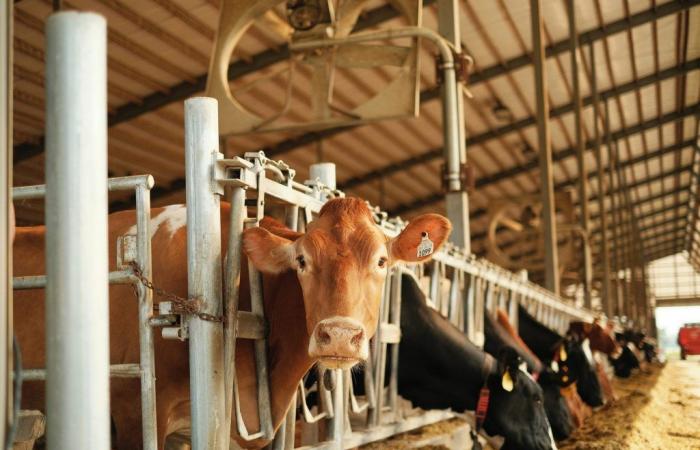Avian flu experts are anxiously watching Missouri, where a series of cases could suggest an outbreak is underway in humans. But the data is slow in coming.
In this state in the central United States, seven people who were in contact with a hospitalized patient showed suspicious symptoms, the Center for Disease Control (CDC) reported on September 27. Which may not seem like much, until we remember that for the moment, we still consider that, with very rare exceptions, the H5N1 avian flu virus has never managed to be transmitted between humans, only from an animal to a human. Confirmation in Missouri would therefore mean that the virus has acquired a mutation that experts have feared for years.
The virus was identified at the beginning of September in a patient hospitalized for a few days with “unusual symptoms”. In a press conference given in mid-September, health authorities reported that none of his close contacts had been ill. Today, there are seven of his close contacts — a family member and six health care workers. Antibody testing is underway to determine whether or not these people have been exposed to the virus.
We must also remember that in the six months since the first cases of avian flu were reported in cows in the United States, experts have highlighted the slowness of the authorities in initiating screening tests on farms: they allege that at this pace, the day we confirm that there is really transmission between humans, it could be too late, the virus having already spread too much.
Criticizing in the New York Times the slow pace at which the little information appears, epidemiologist Caitlin Rivers argues that “epidemiologists can infer a lot from the dates, order and nature of contacts.” The communications were a little too “optimistic,” adds the director of the Center for Health Security at the University of Nebraska, James Lawler: “the message that came out was perhaps too confident and more calming than it was. should not have been.”
Since last March, 13 cases have been confirmed. Most of these cases have been mild, which suggests that we are far from the high mortality rate that was observed during outbreaks of the last decade in Asia.
All of these people caught H5N1 through interactions with livestock. But a large number of farms were unable to carry out screening, or refused to do so. Which means that we also have an incomplete picture of the spread of the virus among animals.
As of October 1, the number of farms that have reported such outbreaks since last spring stands at 243 in 14 states (Missouri is not officially on the list). There are around 40 of these farms in California and 29 in Michigan. No cases have been reported on the Canadian side.






